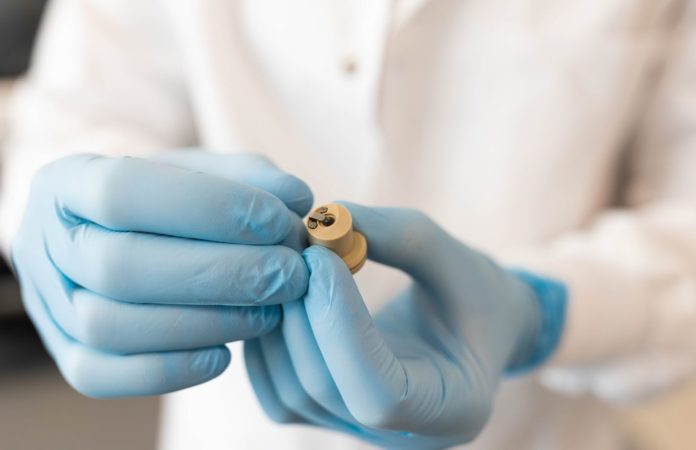Cells, the most fundamental units of life that make up all living beings, have long kept their secrets hidden, but thanks to the invention of a world-first technique, an international team from the University of Sydney, ETH Zurich, and the University of Basel has revealed some of them.
Scientists are aware that cells grow, however it was previously assumed that they grew in size in a linear or exponential manner before splitting.
Now, in a report co-authored by University of Sydney physicist Dr. David Martinez-Martin and published in Nature Communications, researchers have revealed that, at the single-cell level, yeast develops in sequential intervals or linear growth segments (constant growth rate). Yeast cells exhibit a ‘gear-like’ tendency, switching between periods of rapid and sluggish development at regular intervals.
Saccharomyces cerevisiae, a yeast organism with only one cell that is used to make bread, beer, wine, and medicines, was used in the research. Many species of yeast have protein-coding genes that are similar to those found in animal cells, making their behavior crucial to understanding human disease.
Interestingly, yeast behavior differs greatly from that of vertebrate cells (including human). In 2017, utilizing picobalance, Dr. Martinez-Martin and colleagues discovered for the first time that the mass of living mammalian cells fluctuates intrinsically; they ‘yo-yo’ in size.
The first thing that Dr. Martinez-Martin and his colleagues noticed was that the mass of living mammalian cells changes on its own.
“We have uncovered processes that challenge models in biology that have been central for decades,” remarked Dr. Martinez-Martin. “The behaviours we have identified in cells from fungus and animal kingdoms provide strong evidence that cells have different strategies to regulate their mass and size, paving the way to better understand how they can accurately form and reform complex structures such as the eyes, brain and fingers in our bodies.”
Dr. Martinez-newest Martin’s recent mathematical model, which was published in the Journal of Biological Research – Thessaloniki, sheds new light on the meaning of this once-secretive cellular flux.
“Another of our recent studies has found that while cell mass fluctuations have been detected in single mammalian cells, they can be perfectly viable in organisms comprised of many mammalian cells, including humans. Our modelling suggests that the body’s cells don’t all swell and decrease at the same time – instead they give and take from each other, maintaining an adequate distribution of the body’s mass and volume.
“Mass fluctuations may be used by cells to regulate cellular functions such as metabolism, gene expression, proliferation and cell death, by means of altering the concentration and crowdedness of chemical cellular components.”
Mass fluctuations, according to the hypothesis, allow cells to communicate by serving as biomechanical signals via volume changes as well as through the interchange of water and chemicals.
Dr. Martinez-Martin remarked, “I believe this could be a fundamental mechanism which may help cells locate and communicate their position within an organism. Therefore, it could be incredibly important, because it could allow cells to identify and serve their distinct role and purpose in the body.”
Researchers think that a better understanding of how cells change in size and mass over time and how this process can go wrong (when cells change size in an unusual way) could be the key to making new tests and treatments for diseases like cancer, diabetes, and heart disease.
Image Credit: Dr David Martinez-Martin, University of Sydney
You were reading: New research unveils secrets of cells’ growth tendencies
